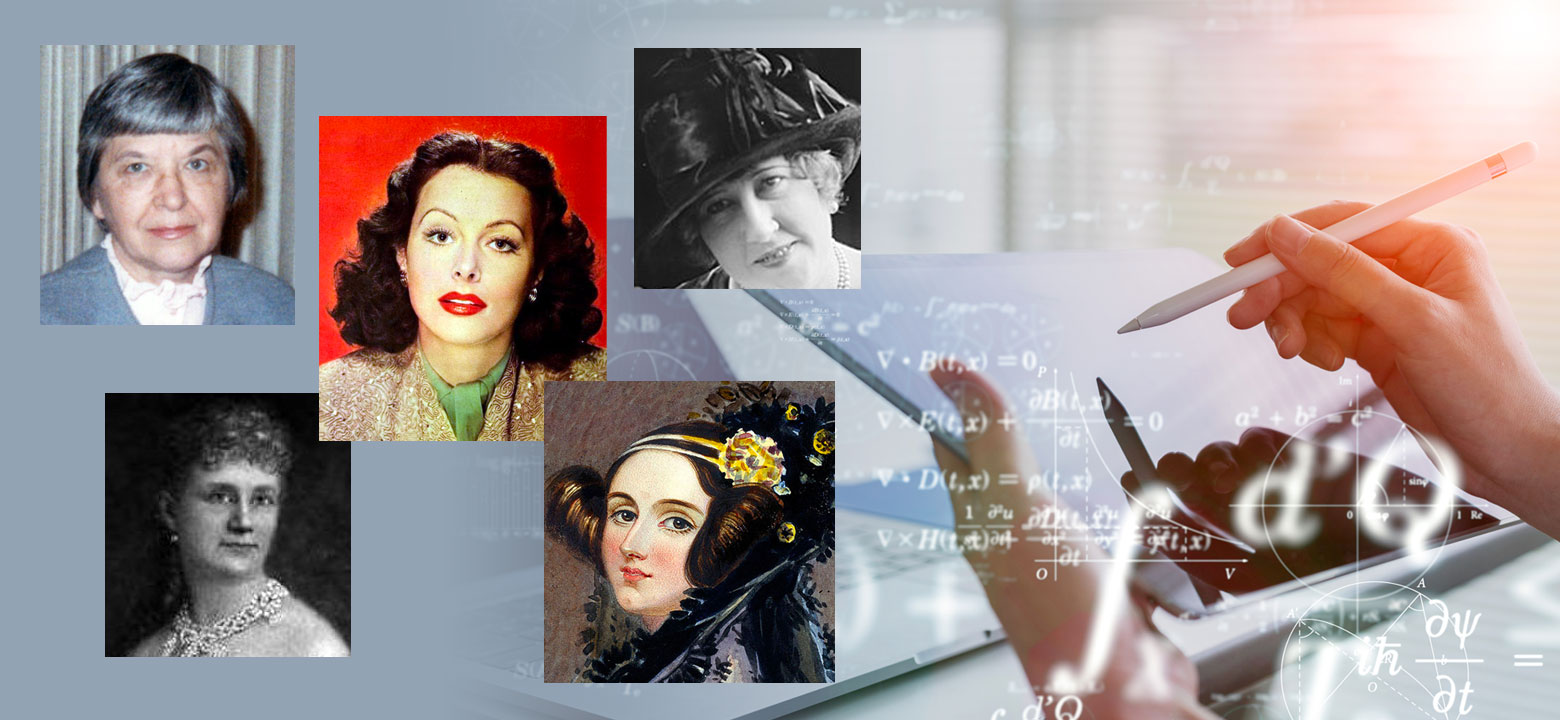
History often overlooks women's contributions to the arts and sciences. Engineering has seen its share of brilliant women, though many of their contributions are either forgotten about, or attributed to other people. Here are just a few of the most influential women ever to grace the engineering field:
Born to Lord and Lady Byron in 1815, Augusta Ada King, the Countess of Lovelace, was a mathematician and writer. Her mother heavily promoted young Ada's interest in the sciences to keep her from becoming like her flighty, poetic father, Lord Byron. As an adult, Countess Lovelace realized that Charles Babbage's Analytical Engine could have applications that stretched beyond performing calculations. She created and published the first algorithm intended to be carried out by a machine, making her the first computer programmer.
Her ideas about Babbage's machine were an innovative approach to the potential for computing devices. She theorized that it could be used for any process based on logic.
Born in 1826, Martha Coston eloped with a young man when she was just 15 years old. Her husband became the director of the US Navy's scientific laboratory, and subsequently the president of the Boston Gas Company. Unfortunately, his scientific career cut his life short—exposure to hazardous chemicals killed him when Martha was only twenty-one years old. She lost two of her children and her mother shortly afterward, leaving her heartbroken destitute, and with other children to support.
Martha began working on a set of signal flares based on her husband's previous work. She consulted with seasoned scientists, to little avail. While Martha started out with limited knowledge, she didn't let it deter her. In 1858, she had a breakthrough that led to a signal flare system still in use by the Navy today.
Born in 1883, Edith Clarke was the first woman to graduate with an MS in electrical engineering from the Massachusetts Institute of Technology. She went on to become the first professionally employed female electrical engineer and the first female electrical professor in the US. She's also the inventor of the Clarke calculator, a simple graphing calculator that could perform calculations involving electric current, impedance, and voltage.
Born in 1887, Beulah Louise Henry went on to earn the nickname “Lady Edison” for all of the products she invented. By 1937, she was recognized as America's leading female inventor. Her ideas didn't specialize in one specific area—improving the quality of people's lives was her primary focus. Over the course of her life, she invented the bobbin-free sewing machine, a vacuum ice cream freezer, an umbrella with replaceable cloth covers, a device for making copies of typewritten documents, special envelopes for mass mailings, a doll with eyes that closed and changed color, a kind of typewriter, a hair curler, a can opener, and many more innovations.
Born Hedwig Eva Maria Kiesler in 1914, Hedy Lamarr is best known as a sultry screen actress with 30 film appearances over her 28-year career. She's also created the theory of frequency-hopping. She was almost entirely self-taught but enjoyed working on inventions in her spare time. At one point, Lamarr suggested that Howard Hughes change the design of his blocky aircraft to mimic the streamlined forms of birds.
During World War II, she learned that radio-controlled torpedoes were relatively easy for enemies to jam. If the frequency could change, it would be more difficult to interfere with. Together with composer George Antheil, they developed a kind of player-piano mechanism coupled with radio signals. This same idea is the basis behind wireless internet and Bluetooth connections.
Stephanie Louise Kwolek was born in 1923. As an adult, she worked for DuPont. During her employment there, she worked with aromatic polyamides. Her supervisor calculated that these polyamides could form stiff fibers, but have to be prepared in a special way as they can only melt under very high temperatures. Kwolek determined the proper conditions for producing fibers of varying compositions. One of these went on to become Nomex, a flame-resistant product. Another, using polyp-phenylene terephthalamide, became Kevlar.
Female engineers have played an invaluable role in creating the modern world. In cases like Hedy Lamarr's, they sometimes spoke modestly of their achievements and allowed others to take the credit. Some, like Ada Lovelace, are overshadowed by their male contemporaries. This is why it's so important to recognize their contributions to every field of engineering—without them, things wouldn't be the same.